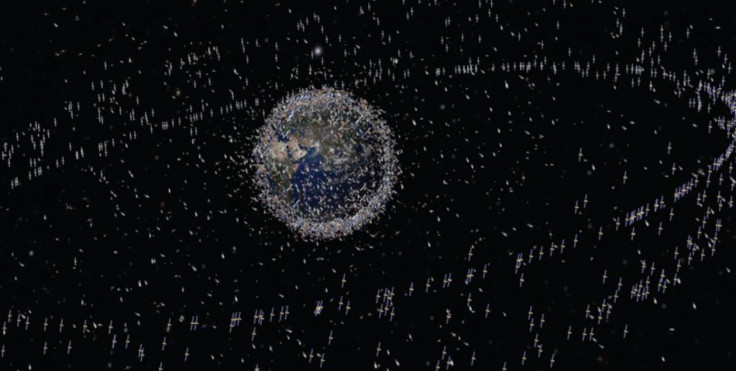Graveyard Orbits: Only Solution for Space Debris Problem?

A new report by the National Research Council (NRC) has posed some serious queries about the immediate need for developing a strategic plan for managing space debris to mitigate risks.
In examining the increased threats of non-functional man-made objects like spent rocket bodies in Earth's orbit, or re-entering the atmosphere, the report mentions that this can cause serious problems in the future. This includes disruptions of financial transactions, air traffic control and even weather reports.
They also state that some scenarios indicate a tipping point on the low-Earth orbit, wherein all disposed space junk will collide with each other causing a cascade effect - which is known as the Kessler's Syndrome.
Donald Kessler, an ex-NASA researcher, developed this syndrome while working in NASA's Environmental Effects Project Office at Johnson Space Center in Houston, Texas.
As per the report, the severity of this issue along with the decreased funding has put added pressures on NASA.
The current space environment is growing increasingly hazardous to spacecraft and astronauts, stated Donald Kessler, chair of the committee that wrote the report and retired head of NASA's Orbital Debris Program Office. NASA needs to determine the best path forward for tackling the multifaceted problems caused by meteoroids and orbital debris that put human and robotic space operations at risk.
So what should be the ideal strategic management technique that would include both short-term and long-term objectives?
Some scientists and reports are mulling on a graveyard orbit, a supersynchronous orbit where spacecrafts could be intentionally placed toward the end of their operational life.
The National Research Council has suggested that NASA should consider different work techniques like a new effort to record, analyze, report and share data on spacecraft anomalies. This might provide new details about the risk from debris particulates too small to be catalogued under the current system yet large enough to potentially cause damage.
Apart from this, the council has also suggested the setting of a public discussion forum by NASA to emphasize the long-term effects and risks of space debris on human civilizations.
In 2008, the United Nations' Committee on the Peaceful Uses of Outer Space (COPUOS) developed certain guidelines to limit or control the release of debris in space. Known as the Space Debris Mitigation Guidelines, the committee planned on certain vital steps to be considered such as debris release limitations during normal operations, limiting the probability of accidental orbital collisions and avoiding intentional destruction and other harmful activities.
© Copyright IBTimes 2024. All rights reserved.











